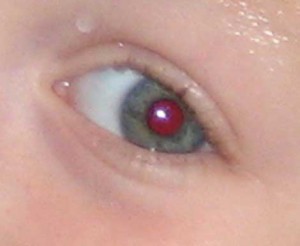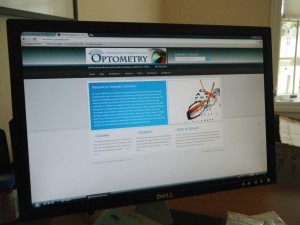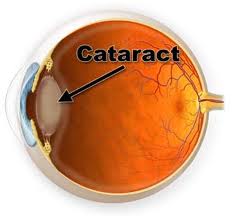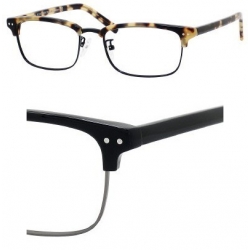Computers and smartboards are common in today’s classrooms. As electronic devices transition between home and school, it’s clear that the use of these technologies is evolving from a trend to a necessity, even among the youngest students.
According to a study by the American Optometric Association (AOA), 41% of children have their own smartphone or tablet and 32 percent use both eBooks and textbooks at school. Additionally, 66 percent of children use a computer or tablet to do homework or study. With the consistent use of electronic devices throughout the day and evening, children of all ages can face a number of visual challenges.
Ongoing use of electronic devices won’t damage vision, but regular, lengthy use of technology at school or for homework can lead to a temporary vision condition called computer vision syndrome (CVS). Symptoms of CVS can include eye strain, headaches, fatigue, burning or tired eyes, loss of focus, blurred vision, double vision or head and neck pain. The doctors at Westside Optometry recommend that students rest their eyes by following the 20-20-20 rule. When using electronic devices or doing near work, take a 20-second break, every 20 minutes and view something 20 feet away.
One in four children have an undiagnosed vision problem simply because they may not recognize that their eyesight isn’t optimal or is changing. Comprehensive eye exams are one of the most important investments a parent can make to help maximize their child’s education and contribute to overall health and well-being, especially since some vision problems may not have warning signs. Unfortunately, parents often assume that if a child passes a school screening, their vision is fine.
Below are some symptoms that can indicate a child has a vision problem:
- Squints while reading or watching television
- Turns or tilts head or covers an eye
- Consistently performs below potential or struggles to complete homework
- Has behavioral problems
Call Westside Optometry (707)762-8643 to schedule an eye exam for your child.










